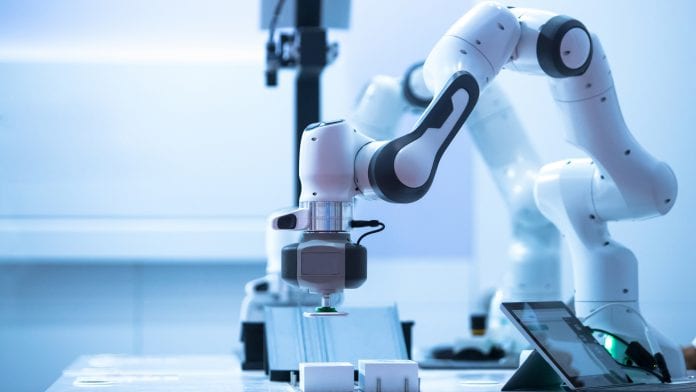
Despite the pace of innovation in the field of medtech, many medical technologies never make it out of the laboratory.
Advances in materials, microfabrication and medical imaging technologies is accelerating the pace of innovation in implantable neuroprosthetics, however, despite the promise they hold for medical application, many of these groundbreaking technologies never make it out of the lab.
A team of researchers at EPFL’s Laboratory for Soft Bioelectronic Interfaces has developed an experimental protocol for testing, optimising and validating soft, personalised implants, which has been published in the journal Advanced Materials.
Few discoveries make it to market
Researchers tend to underestimate the amount of engineering and development work needed to get a discovery out of the lab and into clinical use.
Stéphanie Lacour, who heads EPFL’s Laboratory for Soft Bioelectronic Interfaces (LSBI), said: “These discoveries can be so far ahead of the curve that finding an industry partner willing to do the development work is practically impossible. With a new soft, implantable interface, you have to go through extra validation steps that don’t apply to conventional implants.”
There is often a disconnect between the evaluation of new implantable devices and the physical and biological reality of healthcare practice.
The EPFL team has now developed an experimental protocol for testing, optimising and validating soft, personalised implants such as the devices developed by researchers at the LSBI.
The method should help facilitate the transition of these medical technologies from lab to market.
A four-step process
The first step of the newly develop method is to develop a personalised, anatomically accurate, biophysical prototype of the tissue into which the device will be implanted. This process is made possible by medical imaging data and 3D printing techniques.
Giuseppe Schiavone, a scientist at the LSBI, said: “This means that, for each patient, we reproduce the precise structure of the tissue that will ultimately host the implant.”
Next, the fabrication process is optimised to make sure it is both reliable and reproducible. The soft implant is inserted into the tissue prototype, which is then placed in an environment that replicates the biophysical conditions inside the human body. Using a biomimetic platform developed in the lab, the researchers apply mechanical stimuli to the implant and the surrounding tissue to mimic the dynamic in vivo environment and to validate the device’s biocompatibility and therapeutic efficacy.
The platform also ages the implant physically and electrochemically under near-realistic conditions.
Testing medical technologies quickly
Researchers at the LSBI worked with the group of Marco Capogrosso at the University of Fribourg and EPFL and Lausanne University Hospital (CHUV) teams led by Grégoire Courtine and Jocelyne Bloch to test the protocol on e-dura, an EPFL-developed neuromodulation device implanted in the epidural space of the spinal cord.
Although these new soft, implantable devices are not yet ready to proceed to clinical trial, the paper’s authors hope that their work will encourage other researchers to apply translational principles and support further advances in medtech innovation.
Schiavone said: “With this method, we’re able to test implants more quickly, realistically and cheaply without the need for surgical procedures. And because we evaluate the device at each stage of the process, we can fine-tune and improve it on the fly with minimal disruption.”
According to Schiavone, a lack of standardised validation processes for soft, biocompatible implants means that research teams currently devise their own protocols.









